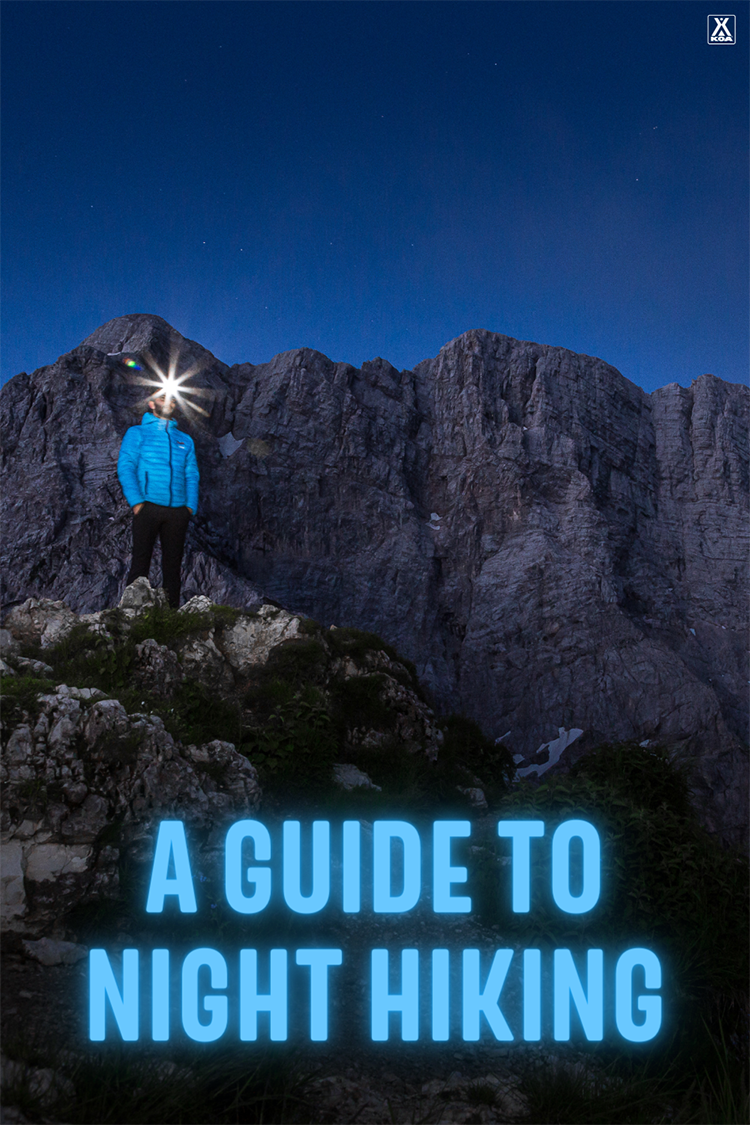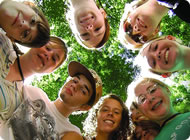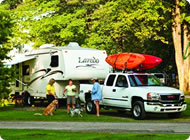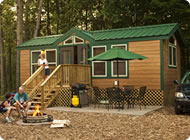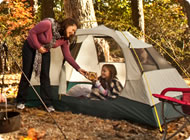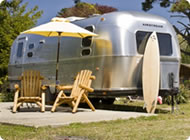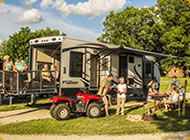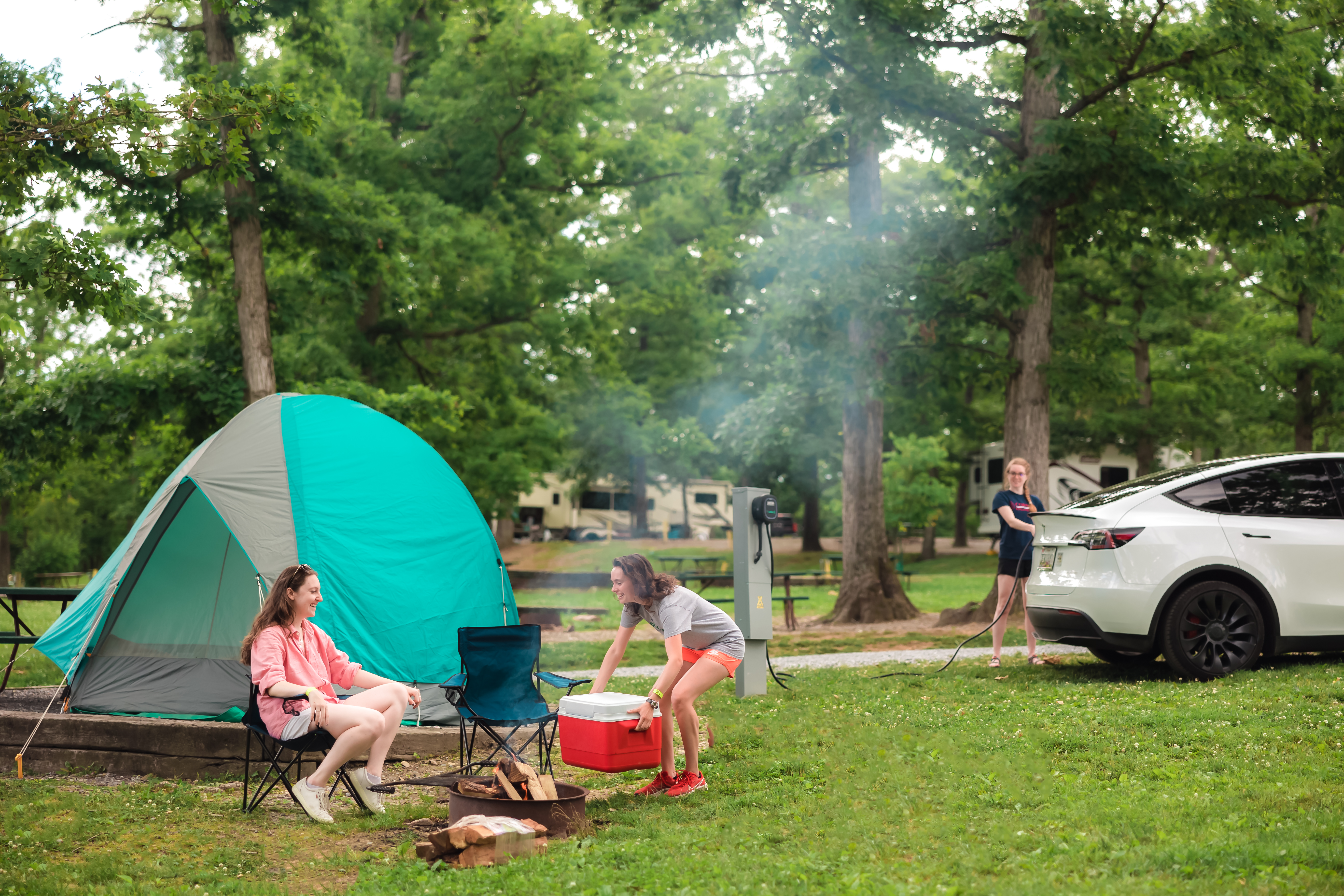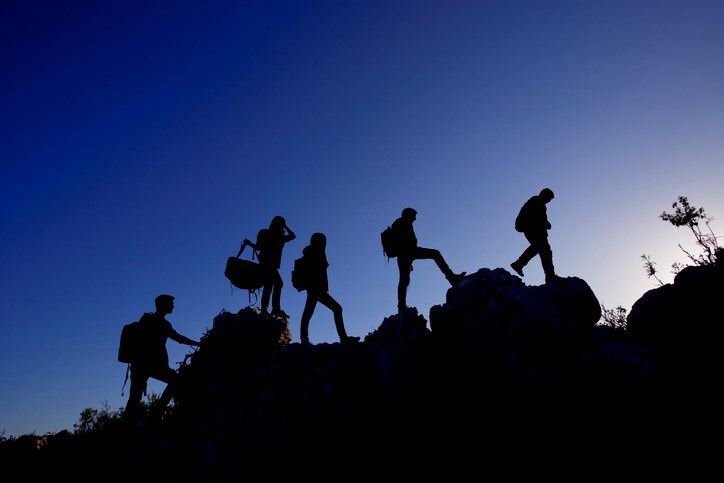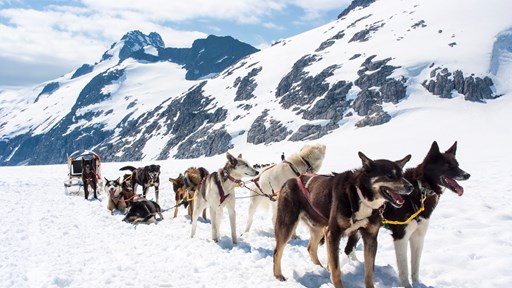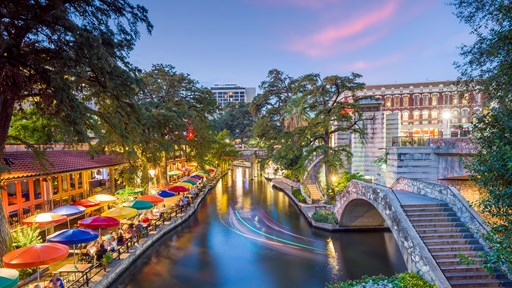With the warmer months upon us, there come more opportunities to explore. Nicer weather means easier access to different parks and hikes, which means higher chances of people getting outdoors and adventuring. We love this.
But one adventure we are particularly excited about this summer is night hiking. What may be dangerous during the colder months can be an epic experience when it’s warm out.
Just imagine the stars you’ll see!
However, night hiking is something that you don’t want to jump into unprepared. It is a far cry from a casual hike during the day and in order to be safe, you need to take precautions.
Don’t worry – we are here to help. If night hiking is something that interests you, read on to find out the basics of this activity that ensure you had a fun and safe time.
Why We Love Night Hiking
Before getting into the technical stuff, let’s start by chatting about why night hiking may be your new favorite activity.
It’s cooler.
As much as you may love summer, sometimes it can get too hot to enjoy the outdoors in the way that you want to. If hiking is something that you love, but find yourself refraining from it often in the summer months, then night hiking is right up your alley.
Hiking at night provides a unique way to enjoy hiking when the temperatures are much more comfortable.
It’s a different way to see nature.
Appreciate nature in a new way by experiencing it at night. Picture staring up at the Milky Way galaxy and all its stars. Or maybe the moon. These are likely things you don’t typically take the time to look at and appreciate, so night hiking is the perfect opportunity to do that.
There are fewer people.
We love that so many people enjoy hiking in the summer. But sometimes it can get overwhelming when you head to a popular trail only to find that it is filled with people.
By hiking at night, you cut back drastically on the number of people you may run into on a hiking trail. In fact, you may find that you’re one of the only people out on the trail when you embark post-sunset.
It may be a better time for you.
Unfortunately, as adults, most of us don’t get summers like we did when we were kids in school (unless you’re a teacher). Thus, it can be hard to find time during the day to leave your work and go for a hike. This may be true for you even on the weekend.
However, night hiking gives you the ability to do what you need to do during the day, and then head out on your adventure once your daily duties are all complete.
It provides a new perspective.
For your first few experiences of night hiking, you probably want to stick to trails that you are familiar with. This allows you to feel safer and have an idea of where you are going as you wander through the dark.
Though you are on a familiar trail, you are getting a whole new perspective. Enjoy as the trail comes alive in a fun and fresh way.

How to Prepare For Your Night Hike
The preparation for hiking at night isn’t difficult or complicated, but it is important that you properly get ready for this adventure.
1. Get the right lights
Since you won’t be able to use the light of the sun to hike like you do during the day, lighting is something you need to bring with you for your night hike.
And this can’t just be any light – it needs to be something good that you can rely on.
However, we want to note that you don’t need to bring a blindingly bright light on your night hike. Rather, you want to bring something dim that will help your eyes better adjust to the dark.
If you’re hiking during a full moon, you may even find that the moon is bright enough to guide you. But if that’s not the case, or if you feel hesitant about relying solely on the moon, then get yourself the right headlamp.
What is the right headlamp? Here are some things you want:
- A red light mode. A red light is more gentle on your eyes because it has longer wavelengths. This means you can see better at night by using this color as opposed to the standard bright white light.
- Get a headlamp that you can comfortably wear on your head and won’t bother you while you hike.
To help your eyes adjust to night light, be patient. You can expect your eyes to take about 45 minutes to get used to the darkness of the night, so give it time.
2. Wear the right clothes
Even though it’s summer and warm during the day, when the sun drops so does the temperature. But, you also don’t want to load up on too many layers since you will be working up a sweat from hiking.
So how do you find the happy middle ground?
By bringing light layers. Start with a t-shirt and then throw a long-sleeved on top as well as a light jacket. (This may vary depending on where you are doing your night hike.) With all these layers, you want to bring a light backpack so you can stow them away when they’re not in use.
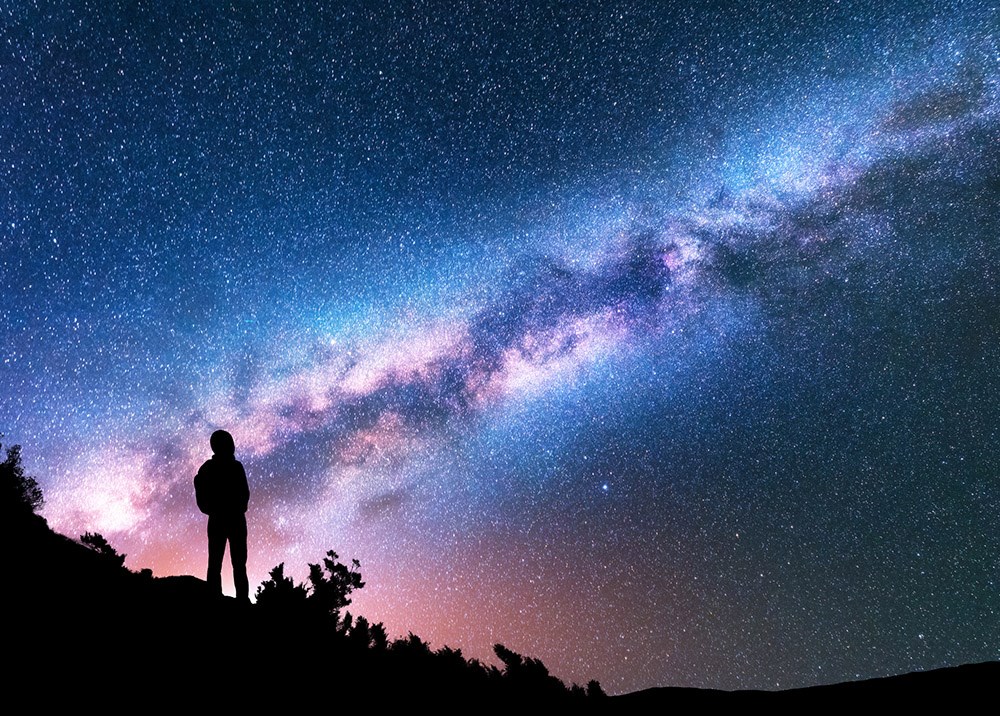
Other Tips for Night Hiking
With those two key things taken care of, now you’re ready to hear about some more tips to keep in mind as you plan your night hike.
Don’t bring gear you’ve never used before. The time to try out your new pair of hiking boots is not on a night hike. This can quickly turn into a nightmare if you find that your boots aren’t the right size or they are uncomfortable. Instead, stick only to gear that you already know and love.
Don’t go off the trail. Since you can’t see very far at night, it is crucial to stick to the designated trails. You have no idea what sits off the trail until it’s too late. Plus in some areas, going off hiking trails is illegal.
Always let someone know your plan. Share your plans with someone who isn’t joining you on the hike. Let them know when you are leaving, and when you plan to return. This way, if they don’t hear from you by a certain time, they know to send someone out looking for you. Be sure to give this person a buffer of what time you plan to return in case the hike takes a bit longer than expected.
Always go with a friend. Night hiking alone is a big no-no. Use the buddy system when heading out on this kind of adventure. Ideally, you would have a group hiking with you at night, but you want at least one other person.
Use headlamp etiquette. While having a headlamp is a necessity for night hiking, you don’t always have to use it, and you definitely don’t always have to use it in its brightest setting. This is not only for you but also for your fellow hikers. Whether they are part of your group or just people passing by on the trail, always use headlamp etiquette and turn your light off when others come near you. If you’re scared to keep walking without the light, simply stop, let them pass you and then continue along your way.
Bring food and water. Regardless of the length of your night hike, bring food and water with you. You never know when hunger might strike, and staying hydrated is important no matter what time of day you’re hiking.
Watch out for wildlife. Though you likely won’t run into any major wildlife issues while hiking on a familiar trail, it is important to do some research and take a look at what animals may be in the area before embarking on your hike. And while in the wild, keep your eyes peeled and your ears open for signs of wildlife.
Keep a slow pace. Though you might be an experienced hiker who wants to move quickly, that is not the speed for night hiking. Rather, take it slow. Hiking in the dark makes familiar territory unfamiliar, and you may find yourself stepping on rocks you never noticed during the day. So it’s best to keep your pace a slow one that is safe.
The Best Places to Night Hike
Though we think you can make a fun time of hiking any trail at night, some places give you an exceptionally stunning and memorable experience.
National Parks
We love hiking national park trails at night because the parks are maintained and rangers are around 24 hours a day, 7 days a week making them a very safe spot. In addition to that, national parks are some of the most stunning places in the country, so you can expect nothing short of amazing.
Dark Sky Parks
There are a number of different International Dark Sky Association parks across the globe – over 100, in fact. These make for top-notch night hiking destinations as they have little to no light pollution and thus have the ideal conditions for a hike under the stars.
If you’ve tried night hiking, or are planning on it, be sure to share your favorite spots below and tag us in your photos! We always love to hear about the best places to explore.

Leslie is a travel writer, copywriter, and web designer who gets butterflies from telling stories through words and visuals.
Her voice comes from a place filled with passion, dreams, and lots of sugar. “Cake over steak” is her go-to motto.
With over 10 years of experience in crafting words, and years of embarking on travels that have taken this Montana girl to some incredible places, Leslie loves the adventures of both body and mind her writing takes her on.
To see what Leslie’s up to in the writing and design world, visit her website here.
